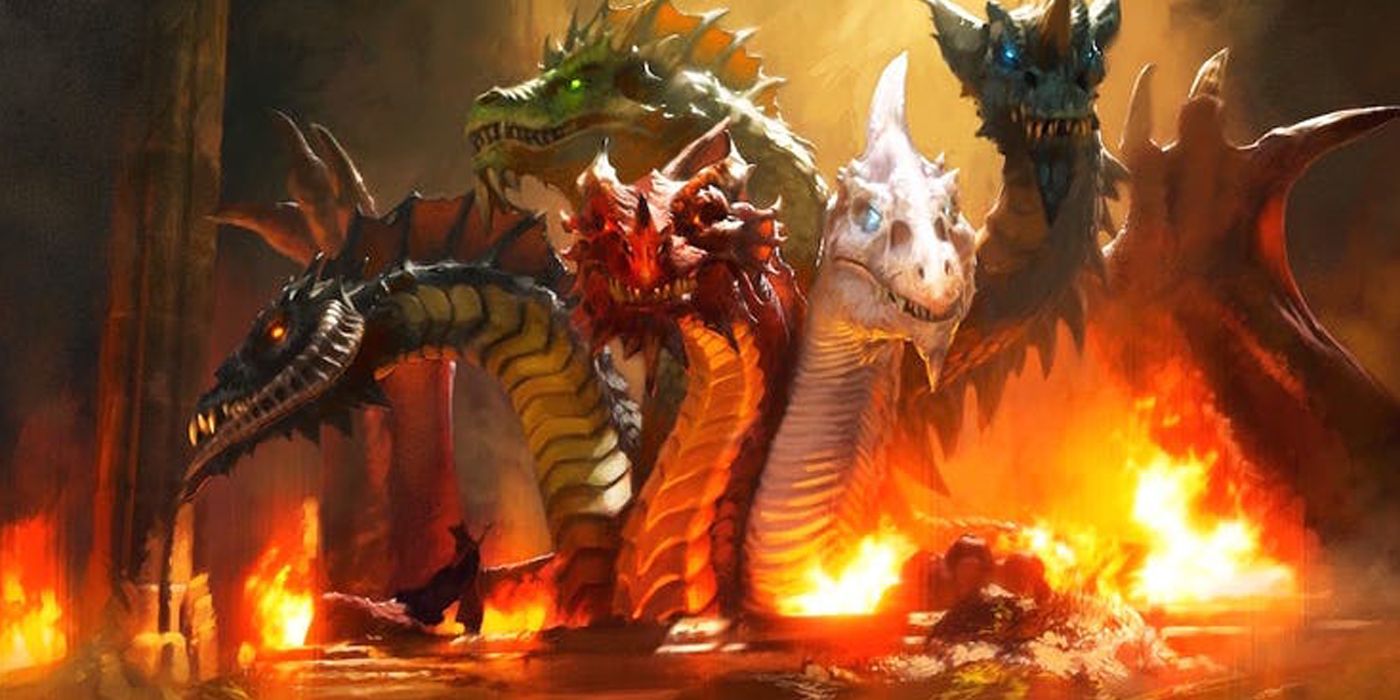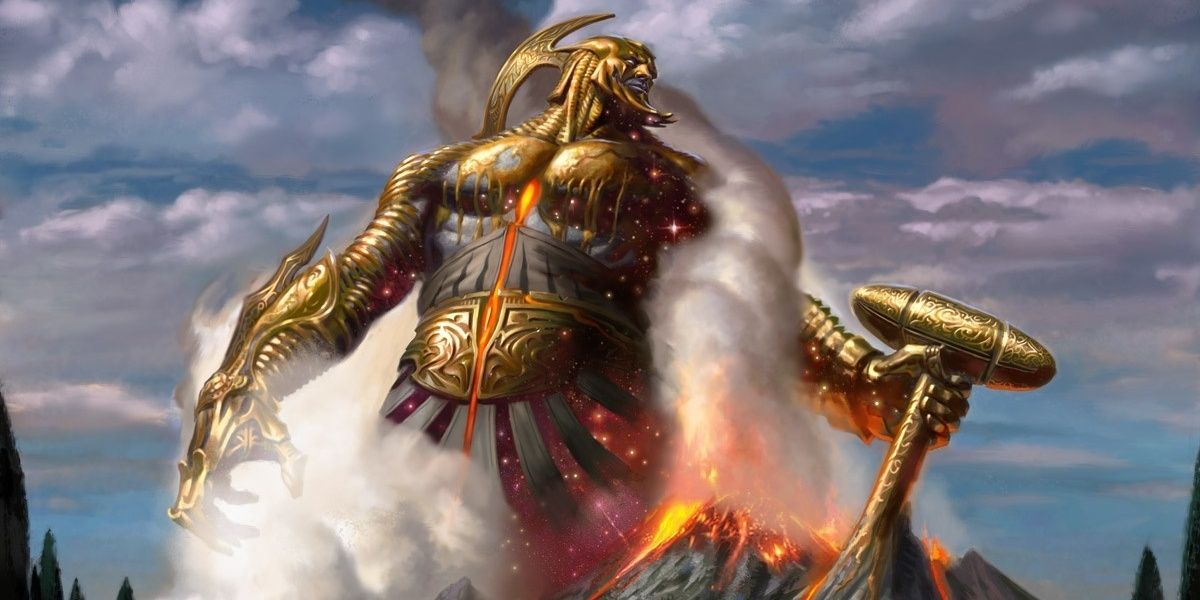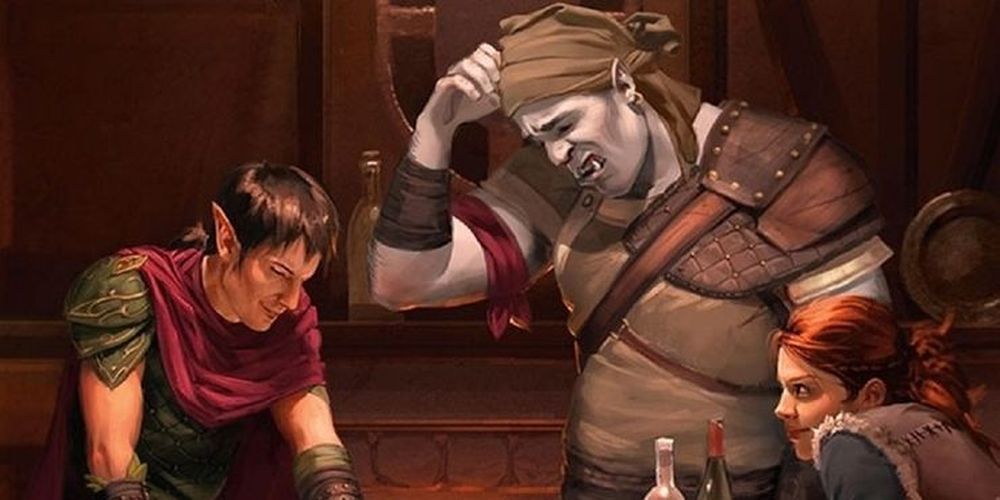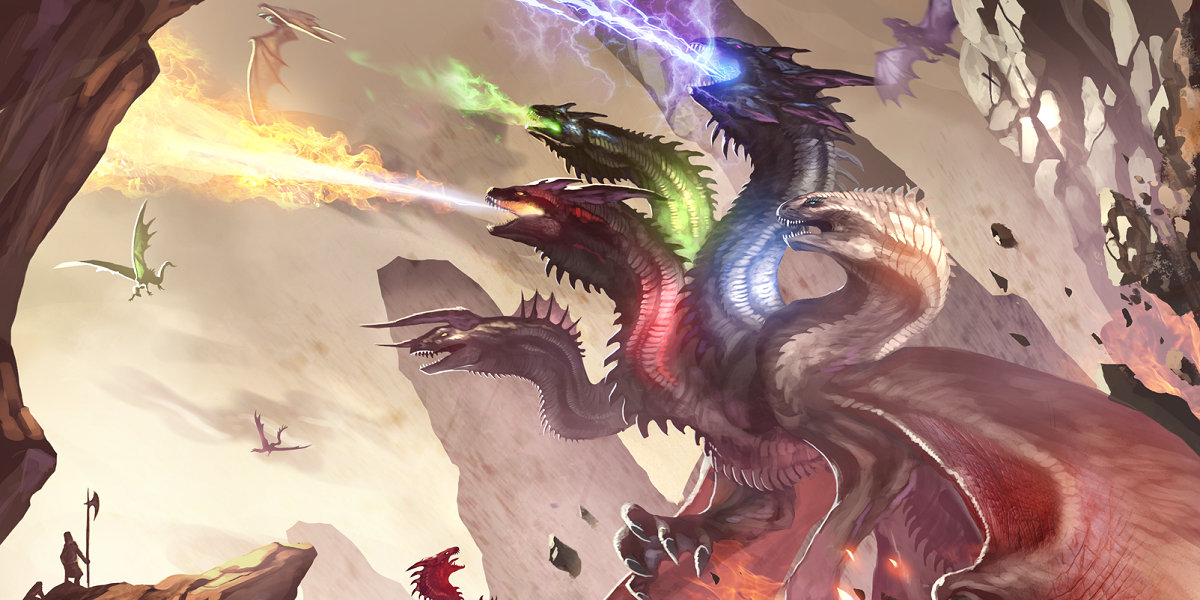Many Dungeons & Dragons settings are overseen, protected and/or ruled by gods. To what exact degree these gods affect the world the players are exploring is up to the Dungeon Master. Regardless of how involved or not the gods of any given D&D realm may be, it is crucial that DMs understand the importance of a deity pantheon.
Gods aren't exactly a new facet of D&D, but they've never exactly been given any special kind of attention in most settings. That is, until the recent Mythic Odysseys of Theros supplement came out. Theros is a plane from the card game Magic: The Gathering. The gods of Theros are incredibly influential to the lives of this realm's folk, and this setting is a prime example of how important gods can be to a D&D world. With this new setting in mind, let's examine the overall importance of the gods in D&D lore, how DMs can go about establishing a pantheon and explore the history of a few prominent gods.
Why Gods Are So Important
The Theros setting is a great introduction to understanding the importance of D&D gods. The citizens of this world literally willed and prayed their gods into existence, hoping someone would come defeat the Titans that were ravaging the world. These gods represent most of the essential facets of life, but they do not directly intervene in mortal affairs. The god Kruphix makes sure things stay that way, keeping the other deities in check and making sure no other god becomes too powerful.
The importance of gods is also explored in the Explorer's Guide to Wildemount, the supplement for the Critical Role setting of Exandria. The various gods of Exandria created life from scratch, and for a long time, they directly influenced the world through their actions. But after an event called the Calamity, these gods locked themselves behind the Divine Gate, barring them from ever directly interfering with mortal affairs again.
Various other D&D settings, such as the 5e world of the Forgotten Realms or the technologically advanced world of Eberron, have pantheons of their own. The exact degree to which these deities interact with mortals isn't exactly clear. That said, DMs are fully at liberty to figure that out themselves; the level of importance the gods hold in any given D&D world is essentially up to the DM.
Why Dungeon Masters Should Establish a Pantheon
Creating a pantheon isn't meant to be a chore for DMs. Players can explore a world and never once interact with any kind of religious individuals. Establishing a D&D pantheon can be as simple as coming up with a list of gods, knowing what each one represents, and then never looking at that list again. Just knowing that that list is there and ready to go when needed can sometimes be enough.
But even in a case such as that, thinking up and building a pantheon provides wonderful flavor for a D&D world. It's also pretty fun and enjoyable to do as well. After all, DMs themselves are already playing god in a manner of speaking. It's then up to the DM to decide whether the gods simply influence things from on high, via their followers or if they directly involve themselves in the daily goings-on of the people. Again, the DM determines just how prominent the gods will be.
The gods don't just have to be a tool for worldbuilding. They can also impact the player characters and the story they're experiencing. Perhaps the big bad the party has been chasing is secretly working for an evil deity, one who has much darker schemes already in motion. Maybe a particular deity is interested in seeing one of the party members grow and overcome some trauma from their life. Or maybe there's just a cleric or paladin in the party; those classes typically need gods to pray to, after all.
Famous Gods From D&D's Past
Over D&D's long history, there have been plenty of gods for players and fans of the lore to learn about. For those in need of inspiration, the fifth edition Player's Handbook is filled with several lists of deities from past settings and real-world mythology.
The Greyhawk setting -- one of D&D's original settings -- is where deities such as Pelor, Tharizdun and Vecna originated. Vecna, a lich who hordes dark secrets, covets incredible power and holds dominion over the undead, is perhaps the most infamous of these deities. Other notable ones include the vile five-headed dragon goddess Tiamat (also known as Takhisis in the Dragonlance setting), the valiant platinum dragon god Bahamut, the creative dwarf god Moradin and the chaotic orc god Gruumsh.
Even though deities such as these originated in other worlds, players can still work them into their own settings. And that certainly doesn't mean players can't come up with their own gods. As with all other aspects of D&D, building a pantheon is something DMs have total creative control over.




